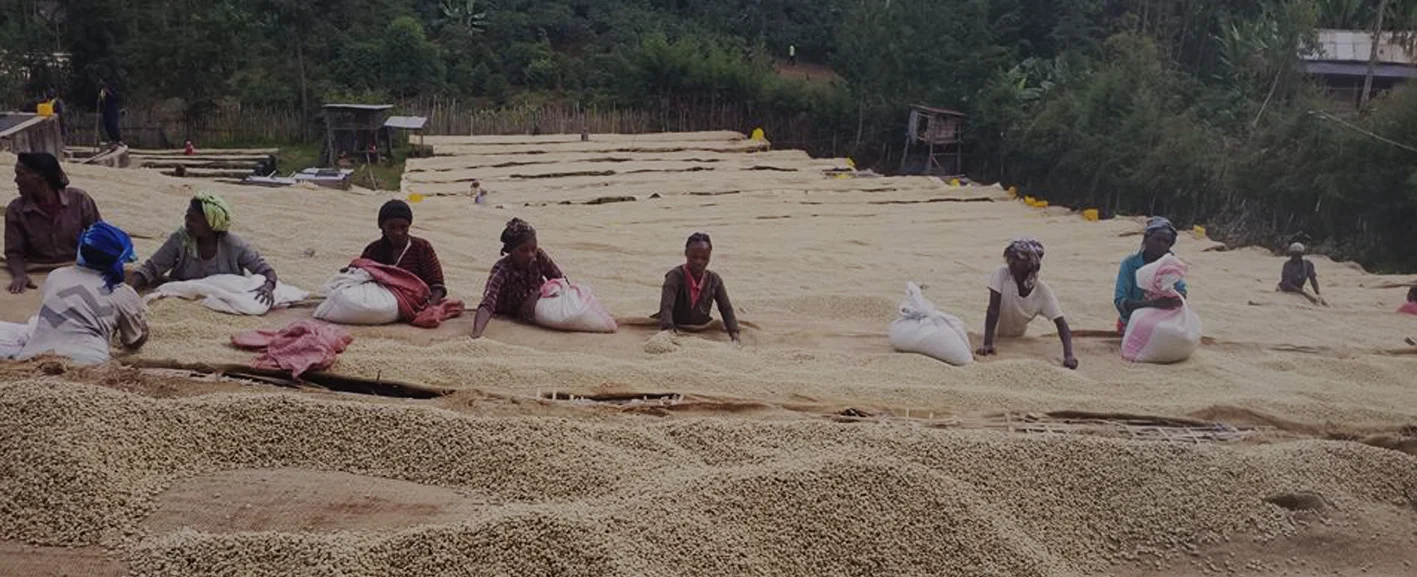
Coffee is not just a hot or cold beverage. Rather, it is an intricate mix of almost a thousand chemicals. This beverage is also subject to a long history of debate. This is why the coffee you order from the coffee shop is different from the one that you brew at your home. So, a cup of coffee is mainly defined by the details like the type of bean used, the freshness of the beans, the total amount of grind, the freshness of the grind, how the beans are roasted, and how the beans are brewed.
Every coffee can be described characteristically by the degree of roast and its components. The degree of roast can be defined by the surface oil and color of the coffee. And components are the elements, which make up the flavor of the coffee. When combined, both of these features can make up the essence of the flavor of any coffee.
Now let’s have a look at the important features of the best coffee origin in United States.
1. Flavor: Flavor is an important term, which successfully encompasses other important cupping parameters. Rather, it is a complete evaluation of the coffee and this can often be measured against the “flavor wheel” or the standard chart.
2. Acidity: It is the dry and bright taste that offers a cup of coffee life. Perceived acidity doesn’t really correlate to the pH meter of the coffee, but it is considered to be the result of the presence of acid in coffee. Generally, wet-processed coffees are quite acidic. On the other hand, dry processed coffees include a subtle and low-toned acidity. It means, when the roast develops, the level of acidity decreases. But a high level of acidity is not desired in espresso coffee.
Even instant coffee beans come with around 800 beans, which are known for stimulating our taste buds. But the main difference here is that instant coffee doesn’t have the majority of aromatic volatile compounds, which dramatically reduce the overall flavor. Besides, the observed acidity of coffee comes from the proton donation of acids to the receptors on the human tongue. So, acidity is considered a highly valued quality mainly in Central American and some East African coffees. The acidity of coffee has a direct relation with volcanic, mineral-rich soils and high altitudes. Besides, the perceived acidity of washed beans is also comparatively higher than the acidity level of naturally dry or processed coffees. This is mainly because of an increase in the body of the natural process coffee beans compared to wet-processed ones as here the body masks the acidity level of coffee. Besides, the acid content in the brew also depends a lot on the roaster type, the degree of roast, and the brewing process. The cuppers generally scale the acidity of a coffee between 0-9. It means that coffees ranked between 6-7 are considered highly acidic.
3. Aftertaste: This is the sensation that the users can experience once they swallow the coffee. Cuppers can assess the performance of coffee’s aftertaste by considering the detail like the total time it takes from the initial sensation of aroma on the back of the drinker’s throat to losing that sensation.
4. Body: It is the weight of the coffee, which can be sensed the best by letting the coffee rest on the tongue and then by rubbing that tongue against the roof of your mouth. The body of coffee ranges from light and thin to heavy and this is mainly the result of the fat content available in the coffee. Both dark and medium roast styles include heavier bodies compared to the lighter roasted ones. But conversely, these styles come with less acidity.
5. Aroma: The aroma of a coffee is another important feature that sets it apart. The aroma is a complex mixture of different volatile compounds when brewing. According to research, almost 800 components are there that affect the coffee aroma, including sulfur compounds.
rent levels of hydrocolloids, a range of acids, caffeine, and roasting method6. Bitterness: Things like the astringency, bitterness, and sourness of coffee beans are greatly affected by things like diffes. The bitterness helps mask the level of acidity at low levels while adding another favorable dimension to the brew. But at high levels, the bitter compounds overpower other components, which are present in the coffee while creating an undesirable effect.
However, it is possible to reduce the perceived bitterness of coffee a bit with decaffeination. This process allows the coffee beans to soak in fresh water for around 24 hours after the beginning of the fermentation process. And it is quite helpful in reducing the bitterness of beans. Besides, a coarser grind also decreases bitterness effectively. But the right grind size must be used always to ensure the right extraction.